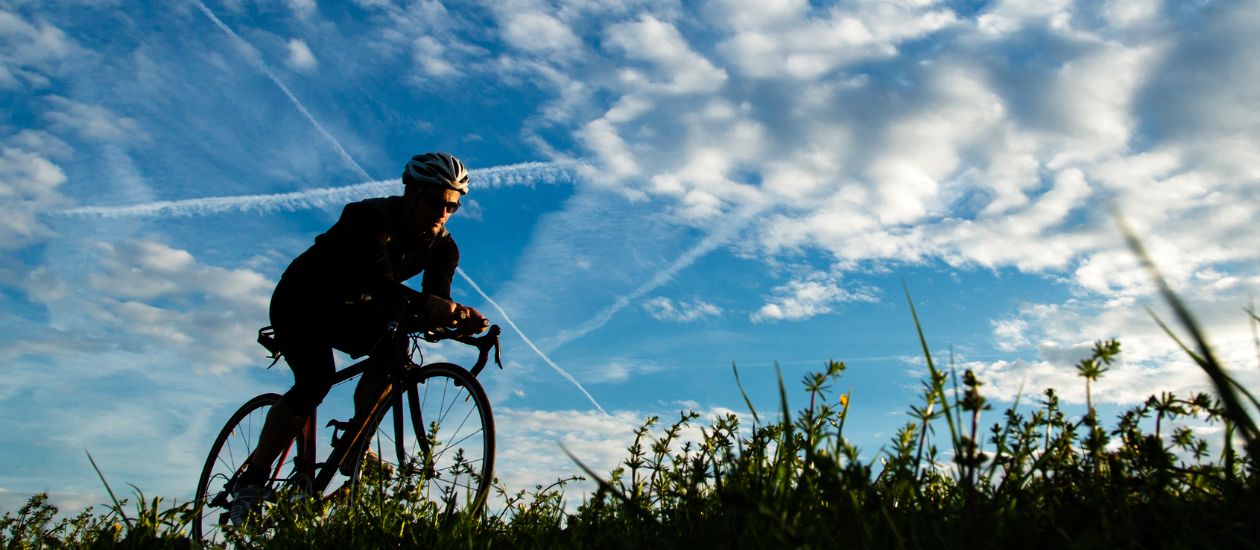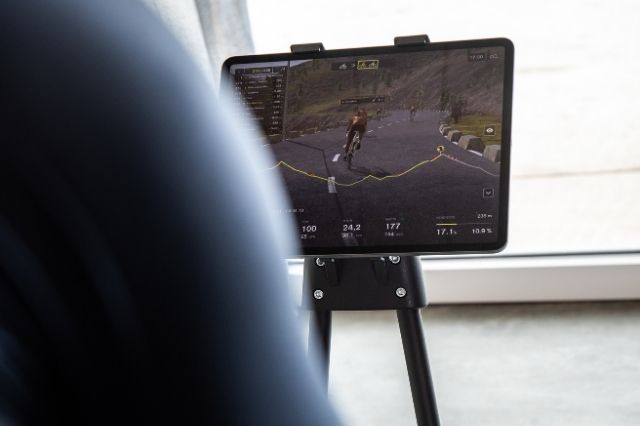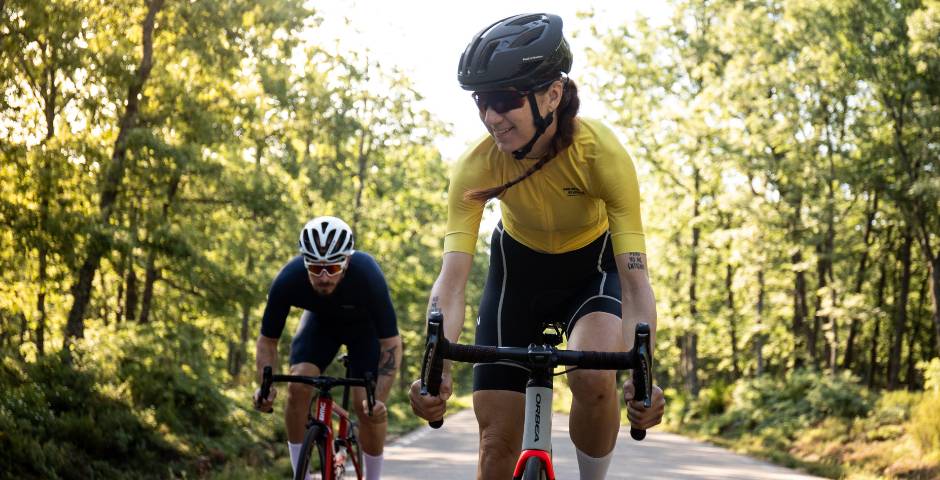Osteoporosis is a bone disease characterised by loss of bone density and weakening of the bones, increasing the risk of fractures. This condition mainly affects older people, especially postmenopausal women, but it can be prevented and, in some cases, slowed down with the right lifestyle.
This is where cycling comes in. Although often associated with cardiovascular rather than bone benefits, the two-wheeled sport can be an ally in the prevention of osteoporosis, provided it is practised with certain precautions and combined with other complementary activities. We will now take a look at how cycling helps to strengthen bones and prevent this disease.
How does cycling affect bone health?
Unlike other high-impact activities such as running, cycling is a low-impact exercise, which means that it places less stress on joints and bones. This is a positive point, as it reduces the risk of injury, but it also means that there is less direct stimulus to the bones. However, this does not prevent cycling from having significant benefits for bone health, especially if combined with strength and bodyweight exercises that contribute to bone density.
The role of loading and resistance in bone strengthening
Bones are strengthened and maintain their density by the load and stress we put on them. Although cycling does not involve heavy impacts, it requires significant force on the legs and mid-legs, which can indirectly stimulate bone density in these areas. When cycling, the muscles exert pressure on the bones, generating micro-stimuli that can contribute to the maintenance of bone health. This effect can be amplified by complementary activities such as strength training and stretching.

Cycling and muscle strengthening
Muscle mass is a key component in the prevention of osteoporosis. The stronger the muscles, the more support and protection they provide to the bones, reducing the risk of fractures. Cycling primarily works the leg muscles (quads, hamstrings and calves), as well as involving the lower back and buttocks. Strengthening these muscle groups helps create a stronger bone structure, providing the support needed to prevent bone deterioration with age.
Cycling and vitamin D: an essential combination for bones
A key aspect in the prevention of osteoporosis is sun exposure, which facilitates the synthesis of vitamin D in the skin. Vitamin D is crucial for the absorption of calcium, the mineral that forms the basic structure of bones. Cycling outdoors provides natural sun exposure, which helps maintain adequate levels of vitamin D in the body.
In addition, outdoor activity is often a great way to maintain motivation and interest in exercise, which translates into long-term healthy habits. It’s true that the onset of winter means you don’t want to take your bike out on the road and therefore get that much sunlight, but you can always look for ways to keep cycling.
The importance of combining cycling with weight-bearing and resistance exercises
Cycling alone is not sufficient for optimal bone health. Since bone density responds best to high-impact exercise such as weightlifting or jumping, it is advisable for cyclists, especially those over the age of 50, to combine cycling with resistance exercise. Activities such as weight lifting, elastic band training or body weight training stimulate bone density more directly. Doing this kind of exercise on a regular basis can help prevent bone loss and maintain strong bones.
How to structure a bone-strengthening training routine
To maximise the benefits of cycling and reduce the risk of osteoporosis, a varied routine combining cardiovascular and resistance training is recommended. Here is a suggested weekly routine to strengthen bones:
- Days 1, 3 and 5: Moderate to intense cycling for 30-45 minutes.
- Day 2: Resistance and weight-bearing exercises (squats, lunges, leg and back weights).
- Day 4: Light cycling or brisk walking for 30 minutes and strength exercises for arms and trunk.
- Day 6: Jump training (plyometrics) or low impact weight bearing exercises.

What are the best complementary exercises for cyclists?
For cyclists looking to strengthen their bones, the following weight-bearing and resistance exercises are particularly recommended:
- Squats and lunges: Strengthen the legs and lower back, key areas for cyclists.
- Deadlifts: Help strengthen the lower back, buttocks and muscles at the back of the legs.
- Leg press: Ideal addition to build strength in the leg muscles, which are the most commonly used muscles in cycling.
- Core exercises: Working the abdominal and lumbar muscles improves stability and support for the spine and thus for the bones.
While cycling may not be the highest impact activity for strengthening bones, it can be a valuable tool in a balanced exercise routine. By combining cycling with resistance and bodyweight exercises, cyclists can benefit from a stronger and more resilient skeletal system. Regular cycling, along with good nutrition and sun exposure, can also prevent osteoporosis and promote optimal bone health at all stages of life. One of the ways to continue cycling in winter and all the benefits it brings for bone health, a cycling simulator like the one from BKOOL can be the solution.
BKOOL is the most complete cycling simulator on the market, try it FREE for 7 days!
 Go to BKOOL
Go to BKOOL





